In the quiet hours before dawn, when most of the city still sleeps, a four-legged officer begins his shift. His nose twitches as he scans the perimeter of the airport cargo area, his paws moving with purpose across the concrete. This is no ordinary patrol – it’s a K-9 unit at work, a living, breathing testament to the extraordinary bond between humans and canines in the pursuit of safety. Police dogs, or K-9s as they’re formally known, represent one of the oldest and most reliable partnerships in law enforcement, their loyalty as unwavering as their sense of duty.
The history of dogs serving alongside humans stretches back millennia, but their formal role in modern policing began in the late 19th century. What started as an experiment in Belgium and Germany soon proved revolutionary – dogs could track criminals with uncanny accuracy, detect hidden threats, and protect their handlers in ways technology still cannot replicate. Today, from the bustling streets of New York to remote border checkpoints, these remarkable animals stand as silent guardians, their very presence often deterring crime before it occurs.
Training a police dog is an exercise in harnessing instinct. The best candidates – typically German Shepherds, Belgian Malinois, or Labrador Retrievers – display an intense drive to work coupled with unshakable nerves. Puppies selected for the program undergo rigorous testing; only about one in ten will make the cut. Those that do spend months, sometimes years, honing their skills. Explosive detection dogs learn to identify dozens of chemical compounds. Narcotics K-9s can distinguish between various illegal substances with staggering precision. Patrol dogs train to subdue suspects without excessive force, releasing on command even when adrenaline floods their systems.
What truly sets police dogs apart isn’t just their training, but their relationship with their handlers. A K-9 team functions as a single unit, the bond between officer and dog forged through countless hours of work and mutual trust. Handlers learn to read their partner’s subtle cues – the slight stiffening of posture that indicates a scent, the almost imperceptible change in breathing that signals alert. In return, the dogs develop an almost preternatural ability to anticipate their handler’s needs. This synergy becomes particularly evident in high-pressure situations where split-second decisions mean the difference between life and death.
The operational value of police dogs extends far beyond their physical capabilities. A well-trained K-9 can search a building in minutes that might take human officers hours to clear safely. Their sense of smell, estimated to be between 10,000 to 100,000 times more acute than humans, allows them to detect minute traces of explosives or drugs hidden in vehicles or luggage. Perhaps most remarkably, they accomplish all this without compromising civil liberties – a dog’s alert provides probable cause for searches without the privacy concerns associated with some technological surveillance methods.
Urban police departments aren’t the only beneficiaries of K-9 capabilities. Search and rescue dogs routinely brave dangerous conditions to locate missing persons, their work proving invaluable after natural disasters or in wilderness emergencies. Military working dogs serve alongside special operations forces, their courage under fire earning them medals and, in some cases, making them targets for enemy combatants. Even in more mundane settings like schools or public events, the mere presence of a police dog often has a calming effect, their stoic professionalism reassuring the public while discouraging potential troublemakers.
Behind every successful police dog stands a dedicated team of trainers, veterinarians, and support staff. The care these animals receive goes far beyond basic needs. K-9s undergo regular health screenings to ensure peak performance, with particular attention paid to joint health and dental care – crucial for dogs that may need to apprehend suspects. Nutrition plans are tailored to individual needs, balancing energy requirements with the maintenance of lean muscle mass. When these canine officers eventually retire, many are adopted by their handlers, enjoying well-earned relaxation after years of service.
The future of police K-9 units continues to evolve alongside technology. While some predicted drones or robots might replace working dogs, the opposite has occurred – canines now frequently work in tandem with technological tools. Thermal imaging helps handlers monitor their dogs during nighttime operations. Specialized communication devices allow dogs to send alerts from a distance in hazardous situations. Yet no algorithm has replicated the intuitive decision-making and adaptability that makes police dogs so effective. Researchers continue to study canine cognition, hoping to deepen our understanding of how these remarkable animals process information and make split-second judgments.
In an era where society often debates the role of law enforcement, police dogs remain a universally respected symbol of dedication and service. Their contributions transcend simple metrics – how many drugs seized or suspects apprehended. These animals represent the best of what partnership between species can achieve, their silent vigilance providing security most never see but all benefit from. As one veteran K-9 handler remarked, "We don’t deserve dogs – but we’re sure lucky they’ve chosen to stand with us." In precincts and patrol cars across the world, that partnership continues, one loyal paw at a time.
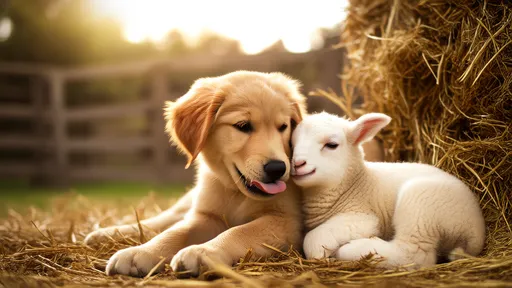
By /Aug 4, 2025

By /Aug 4, 2025

By /Aug 4, 2025

By /Aug 4, 2025

By /Aug 4, 2025

By /Aug 4, 2025
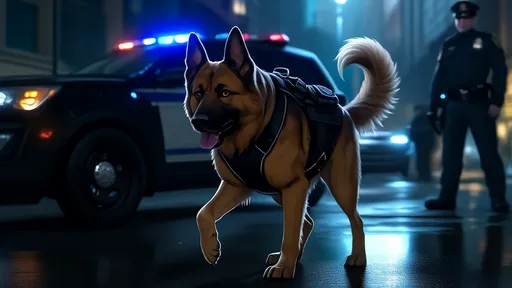
By /Aug 4, 2025

By /Aug 4, 2025

By /Aug 4, 2025
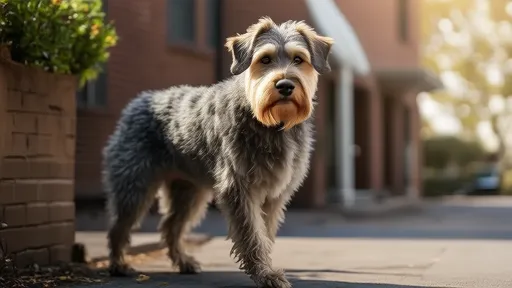
By /Aug 4, 2025
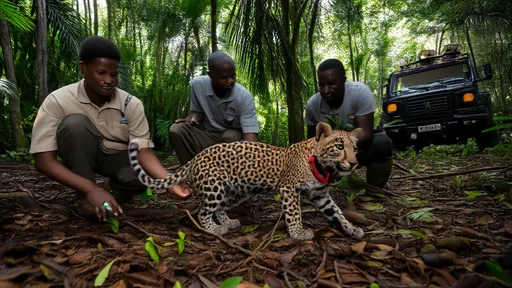
By /Aug 4, 2025

By /Aug 4, 2025

By /Aug 4, 2025

By /Aug 4, 2025

By /Aug 4, 2025

By /Aug 4, 2025

By /Aug 4, 2025
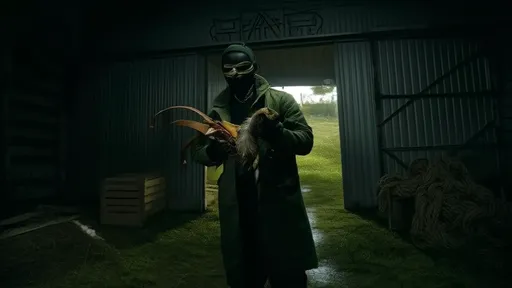
By /Aug 4, 2025

By /Aug 4, 2025

By /Aug 4, 2025